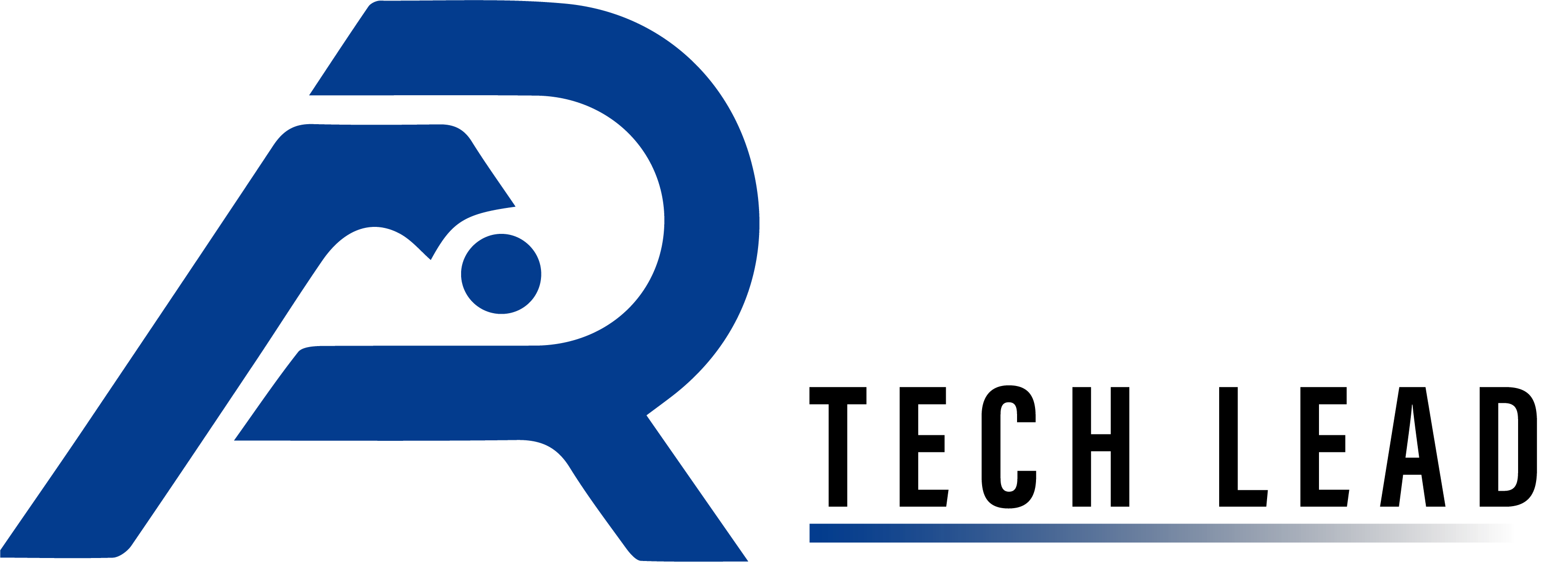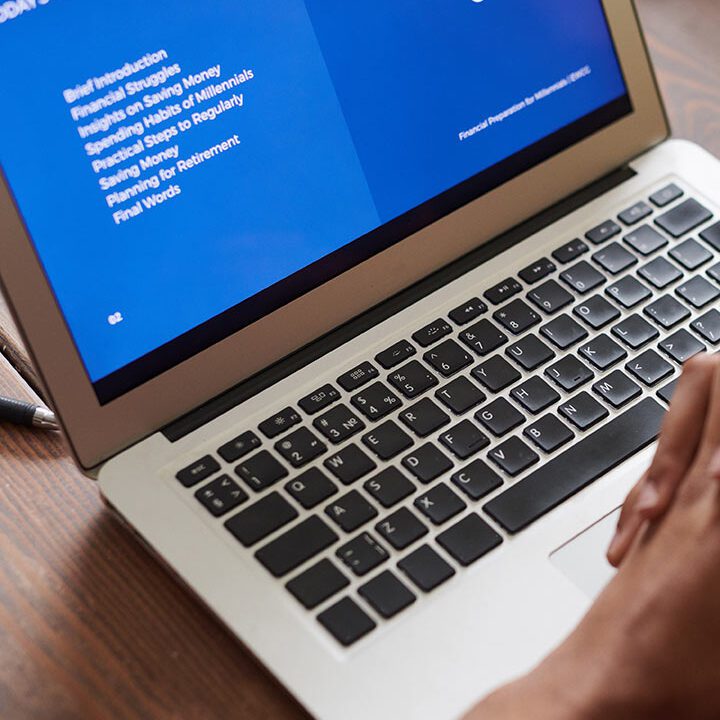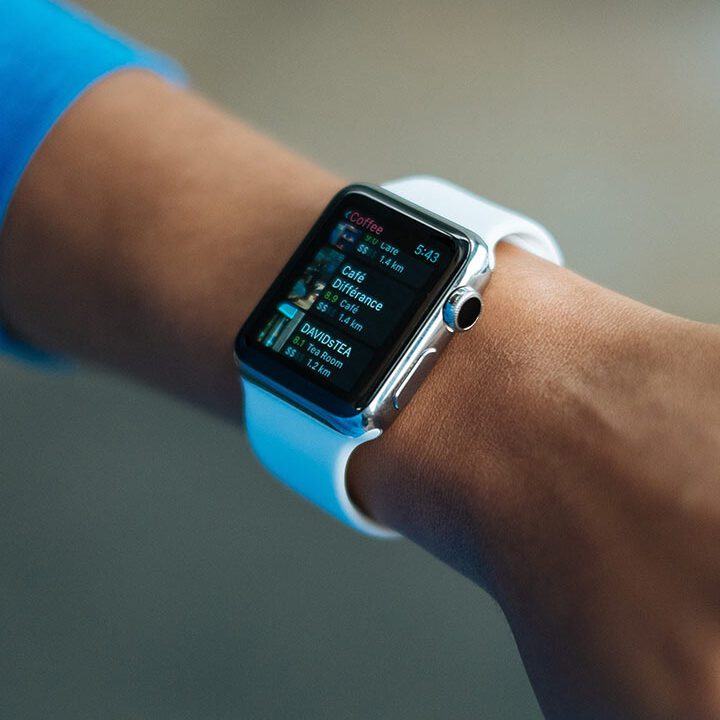Ultimate Guide How to Become a Web Designer
Have you ever visited a website and instantly thought, “This looks amazing and feels effortless to navigate”? How to Become a Web Designer. As more of our lives move online, web designers have become the creative architects behind the digital experiences we interact with daily. If you’re curious about how to break into this dynamic field, you’ve come to the perfect spot.
In this guide, we’ll walk you through every step from the essential skills to building a killer portfolio, finding jobs, freelancing, and growing your career.
Understanding the Role of a how to become a Web Designer
Web design is where creativity meets functionality. A web designer doesn’t just make things look good — they design interfaces that people actually enjoy using.
Key Responsibilities
- Designing website layouts and wireframes
- Creating visual elements like icons and buttons
- Collaborating with developers and clients
- Ensuring consistency in branding and design
- Making sites responsive and mobile-friendly
Web Design vs. Web Development
This confuses a lot of beginners. Here’s the simple breakdown:
- Web Designers: Focus on the visual layout, user interface, and aesthetics of a website.
- Web Developers: Handle the backend logic and code that brings a website to life.
Some people do both (they’re called full-stack designers/developers), but most start with one.
Required Skills for Web Designers
Let’s break this down into three buckets: technical, design, and soft skills.
Technical Skills
HTML & CSS
These are the foundation of web design. HTML builds the foundation of the page, while CSS adds the design and visual flair.
JavaScript
Adds interactivity — think sliders, modals, animations, and dynamic content.
Responsive Design
With users browsing on everything from phones to 4K monitors, your site must adapt smoothly to every screen size. Master flexbox, grid, and media queries.
Basic SEO
Knowing how to structure content for visibility on Google is a huge plus.
Design Skills
UI (User Interface) Design
This is all about making interfaces clean, intuitive, and visually pleasing.
UX (User Experience) Design
UX is about making things feel right — from user flows to ease of navigation and accessibility.
Typography
Fonts aren’t just fonts. The right font hierarchy improves readability and aesthetics.
Color Theory
Colors influence mood and behavior. A good designer knows how to use color to guide the user and evoke emotion.
Layout and Composition
Grid systems, spacing, alignment — the basics of visual design that keep things tidy.
Soft Skills
Communication
Whether it’s clients, developers, or other designers, you’ll need to explain your ideas clearly.
Time Management
Web design projects often come with tight deadlines. Staying organized is key.
Problem-Solving
You’re bound to face challenges — like messed-up layouts, demanding clients, or browser compatibility headaches. A calm, solution-oriented mindset helps
Education and Learning Paths
The beauty of web design? There’s no one-size-fits-all education path.
Formal Education
Degrees in:
- Graphic Design
- Web Design
- Human-Computer Interaction
- Computer Science
Pros:
- Structured learning
- Deep dive into theory and practice
Cons:
- Time-consuming and expensive
- Not always up-to-date with industry trends
Self-Learning
Tons of designers are self-taught. Here’s how:
- Online Courses: Try platforms like Udemy, Coursera, Skillshare, and Treehouse.
- YouTube Channels: Follow The Net Ninja, DesignCourse, or Jesse Showalter.
- Blogs & Books: Smashing Magazine, A List Apart, or books like Don’t Make Me Think.
Self-learning requires discipline, but it gives you the freedom to learn at your own pace and budget.
Coding Bootcamps
Intensive programs like General Assembly, Ironhack, and Springboard are fast-tracked alternatives.
Pros:
- Career-focused
- Hands-on projects
- Job support
Cons:
- Costly
Not suitable for everyone


Tools Every Web Designer Should Know
Design Tools
- Figma: Collaborative, cloud-based, and beginner-friendly.
- Adobe XD: Great for prototyping and UI/UX work.
- Sketch: Mac-only but beloved in many agencies.
Development Tools
- VS Code: Lightweight, customizable code editor.
- Git & GitHub: Essential tools for tracking changes and working with others on projects.
- Browser DevTools: Inspect and tweak designs in real-time.
Building a Strong Portfolio
Your portfolio is your golden ticket.
What to Include
- 3–5 of your best projects
- Case studies explaining your process
- Mockups, wireframes, and final designs
- Testimonials if possible
Don’t Have Clients Yet?
- Reimagine existing websites (“redesign” projects)
- Design concept websites (restaurants, blogs, e-commerce, etc.)
- Join challenges like #100DaysOfUI
Getting Real-World Experience
Freelancing
Start small — local businesses, family friends, or freelance platforms. Charge low at first to build your reputation.
Internships
Apply to startups or design agencies. You’ll learn from experienced mentors and get real feedback.
Volunteering
Nonprofits and small businesses often need design help. You gain experience, and they get a better website — win-win.
Creating Your Personal Brand
Your Website
Build your own website showcasing your portfolio, resume, and contact info. Bonus points for a blog sharing your learning journey.
Social Media
- Share your designs on platforms like Behance, Dribbble, and LinkedIn to showcase your talent and attract opportunities.
- Share tips and insights on Twitter or Medium
Networking
Attend design meetups (in-person or virtual), join Discord communities, and engage in Facebook groups.
Job Hunting Tips
Resume & Cover Letter
- Tailor each application
- Highlight tools and skills
- Keep design clean and readable
Where to Find Jobs
- Indeed
- Remote OK
- Toptal
- We Work Remotely
Interview Tips
- Be ready to walk through a project
- Talk about the problem, your approach, and your result
- Be honest about what you know and what you’re still learning
Freelancing as a Web Designer
Where to Find Clients
- Upwork, Freelancer, Fiverr
- Cold emailing local businesses
- Referrals and word of mouth
Setting Rates
Begin with hourly or per-project pricing. As you gain confidence, move toward value-based pricing.
Managing Clients
- Use contracts
- Set boundaries
Schedule regular updates and checkpoints
Staying Updated with Industry Trends
This field evolves fast.
- Subscribe to Webflow Blog, CSS-Tricks, Smashing Magazine
- Follow designers on Twitter/X, Instagram, and YouTube
- Join newsletters like UX Design Weekly
Stay curious. Keep experimenting. Never stop learning.
Common Mistakes to Avoid
- Neglecting Mobile: Over half of users browse on mobile. Always design with them in mind.
- Lack of Testing: Test on different browsers and screen sizes.
- Cluttered Design: White space is your friend.
- Ignoring User Goals: Design should serve function, not just style.
Not Asking for Feedback: Other eyes catch things you might miss.
Advancing Your Career
Once you’ve built a solid foundation, take it to the next level.
Specialize
- UI Design
- UX Research
- Accessibility
- Animation/Motion Design
Leadership Roles
With experience, you could become:
- UI/UX Lead
- Creative Director
- Product Designer
Start Your Own Business
Open a design agency or consultancy. Hire other designers. Build your dream team.
Conclusion
Becoming a web designer isn’t a one-day journey — but it’s an incredibly rewarding one. With passion, persistence, and creativity, you can carve out your space in the digital world. Whether you’re designing for yourself, clients, or big companies, your work shapes the internet people interact with every day. So get started, stay consistent, and don’t be afraid to fail forward.
Author







